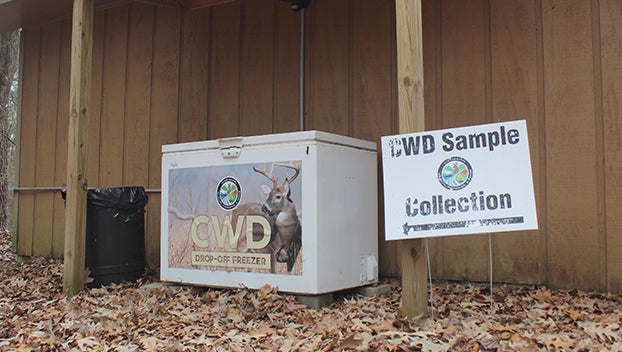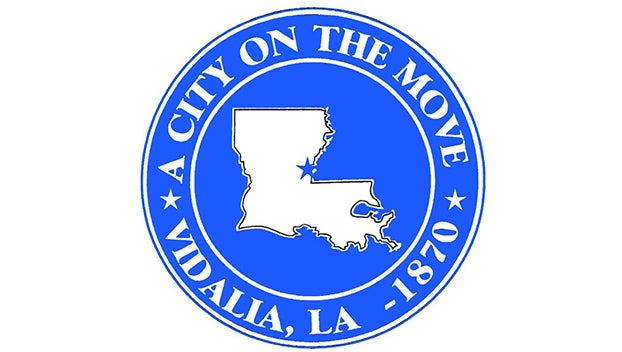Senators weigh in on Initiative 42
Published 12:03 am Sunday, September 20, 2015
NATCHEZ — This November, Mississippi voters will not merely make decisions about who leads the state — they’ll also decide the future of educational funding.
On the ballot is Initiative 42, which seeks to change the state constitution to require the state to fully fund schools, enforceable by chancery court.
Communications Director for 42 For Better Schools Patsy Brumfield said the Legislature passed the the Mississippi Adequate Education Program (MAEP) in 1997.
MAEP provides a complicated formula aimed at creating a more equitable funding system to reduce inequity among school districts.
Despite the MAEP’s existence, however, lawmakers have only fully funded the program twice.
“Initiative 42 is really the only way that children are given a constitutional right to a free public education and that the state be held accountable to do so,” Brumfield said.
Sen. Kelvin Butler, D-McComb, is one of the supporters of the initiative.
“They’re basically just trying to tell us as lawmakers to do what we said we would do years ago,” Butler said. “That’s basically what the initiative is all about.”
Brumfield said Better Schools suggested taking 25 percent of the revenue growth from the state general fund and put it toward educational funding. Brumfield said it was projected the method would fully fund education in approximately seven years.
Initiative 42 is not without opposition, though.
“There is no excess money in the general fund,” said Sen. Melanie Sojourner, R-Natchez.
Sojourner said the only way to get more money in the general fund would be to raise taxes. The funding plan is based on the assumption, Sojourner said, that the general fund will grow.
If the state does not raise taxes, which Rep. Sam Mims, R-McComb, said would not happen, Mims said it would result in a 7.8-percent budget cut across state agencies. The number, Mims said, came from Mississippi Legislative Budget Office Director Debbie Rubisoff.
“Policy-wise, I think it’s very bad policy to do this,” Mims said.
But Rep. Robert Johnson III, D-Natchez, said no one knows what fully funding the state’s educational system would require at the moment.
“Nobody knows what we’ll have to do until we go in and look at the budget,” Johnson said.
Initiative 42 opponents also question the enforcement of the initiative through the chancery court. Mims said if a district files a lawsuit concerning funding, the decision would be made in Hinds County, where the Capitol is.
“I don’t think we want to put this responsibility in one person in Hinds County,” Mims said.
Johnson disagrees. Because the capitol is in Hinds County, Johnson said, it could be argued that the jurisdiction for a case against the Legislature would start there.
An appeal, however, would ultimately be sent to the Mississippi Supreme Court, Johnson said.
“Ultimately, you know your constitutional right that you’re trying to protect in the court of law will be decided by the Supreme Court of the State of Mississippi,” Johnson said.
Initiative 42 won’t be alone on the ballot this November though. The Legislature voted to introduce a similar amendment, called Initiative 42A.
A few differences, however, do exist.
“There’s no funding mechanism in 42A,” Mims said. “There is a funding mechanism in 42.”
The word “effective” is used in 42A to describe the school system the Legislature iIs required to support, as opposed to the words “adequate” and “efficient” in Initiative 42. While “adequate” and “efficient” have been legally defined, Johnson said “effective” has not.
“When you say ‘effective,’ nobody knows what that means,” Johnson said.
Mims, who said he would vote for 42A, agreed that “effective” has not been legally defined, but said 42A is about having effective schools, which to him means good outcomes.
“Initiative 42A is talking about outcomes, for us to have good, effective schools,” Mims said.
Brumfield said the only difference between Initiatives 42 and 42A is 42A has no money in it.
“It leaves everything just as it is — in the hands of the Legislature,” Brumfield said.
The point of Initiative 42A, Brumfield said, is to split the education community so Initiative 42 fails.
“Confusion is exactly what the Legislature desired when it passed 42A,” Brumfield said.
Sojourner said the measures are closely intertwined.
“Both initiatives are not the right way that we need to go,” Sojourner said.
For Initiative 42 to succeed, it takes 50 percent plus one of the vote and at least 40 percent of the total vote.
Between 42 and 42A, Butler said Initiative 42 faces a tough battle.
“It’s going to be tight,” Butler said.






